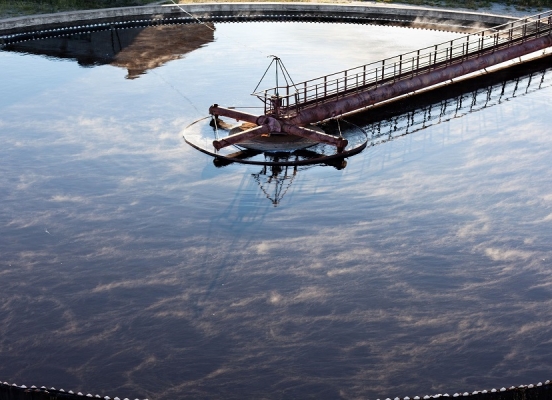Wastewater Treatment
India’s agricultural population is highly dependent on the monsoons. Climate change has altered the patterns of weather, adversely impacting rainfall, the crops, the farmers, and consequently, us. While farmers are suffering from drought or excessive rainfall, cities are struggling with their own woes of untreated sewage flowing through open nullahs with the occasional floods only aggravating the condition. This is an ironic situation where we have abundant water around us but only a fraction of it may be fit for consumption.
Most of the rural Indians are inter-migrating to the cities in search of employment and sustenance. It is estimated that around 7 billion people will live in cities by 2050. This growing trend is bound to build pressure on limited and critical resources such as water, among several others. Currently, we are able to meet the demands of most of the cities by transporting water from hundreds of kilometers afar. But this method is both inefficient and energy-intensive. A local level solution is thus required for sustainable water management. Practices such as wastewater treatment would be of immense significance in achieving water security.
A source for industries to generate wealth from waste
Vital water resources, the lifelines of civilization, are being contaminated and depleted at an alarming rate due to partial or untreated Industrial and Domestic wastewater flowing into them. This puts industries in a critical, albeit eventually profitable, position to follow a Minimum Liquid Discharge (MLD) or Zero Liquid Discharge System (ZLD) where resources can be, to a certain extent, recovered from the wastewater. The recovery of resources not only leads to water conservation but also acts as an additional income source. A mindset change from “use and throw” to a “use, treat, and reuse” is needed to manage wastewater.
How is Praj technology already bringing about a change
Praj ZLD wastewater treatment plant is designed to recover resources such as crystallized salts that are more than 99% pure. These recovered salts are an important source of revenue for some clients, in addition to the savings gathered by avoiding the high cost of salt disposal. Such concepts are strong enough to drive a change in current societal systems, thinking ahead from residues treatment, such as wastewater treatment, toward resource recovery.
Praj’s industrial water treatment systems offer an economical and versatile way for industries to extract valuable products from wastewater, which is a prerequisite for the technological development of a bio-based economy. It is one of the leading Total Water Solutions Providers(TWSP), providing C2C (Concept to Commissioning) solutions for Industrial Wastewater Recycle plants and Aerobic Treatment Plants. Praj has installed more than 750 Evaporators and ultrafiltration equipment all over the globe and has been the most preferred (TWSP) by many highly reputed and large Industrial firms.
A case study by Praj
A leading Indian Chemical Manufacturing company approached Praj in 2012 to provide them with a Techno-Commercially viable solution to handle highly contaminated wastewater, made up of predominantly complex chemicals. Though small in volume, the contamination level in the wastewater was extremely high. The High TDS and High COD stream was directly treated through TVR based 249 KLD Multiple Effect Evaporator (MEE) after pre-treatment to remove sticky floating matter. A 3-stage Forced Circulation TVR-based MEE was installed which was later expanded with the provision of an additional stage. The process condensate from the MEE was combined along with other streams and treated through a conventional biological process using 2 stages Activated Sludge Process (ASP) followed by Tertiary filtration. The final treated water met the client’s treatment goals.
To know more, please check Praj

